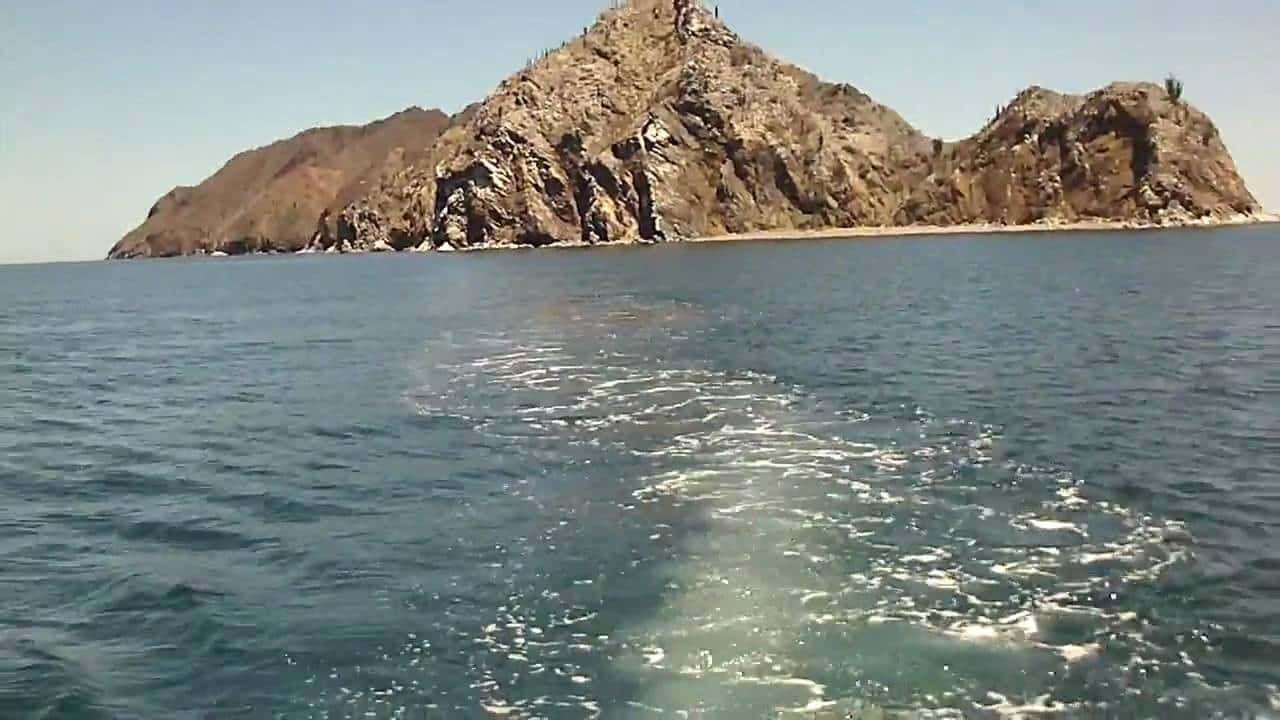Things to do on Tiburón Island
At first glance it looks like nothing more than a rock in the sea, but inside there are important ecotourism attractions

Tiburón Island's ecological reserve has an extension of more than 120 thousand hectares and is the largest island in Mexico, located in the municipality of Hermosillo.
At first glance, Tiburón Island looks like nothing more than a rock in the sea, but inside there are important eco-tourism attractions. Among them, two mountain ranges stand out: La Menor and Kunkaak, with both ending in the impressive Tecomate Valley in the interior.
The transparency of its waters and the great variety of species that inhabit it make this sea a wonderful place for diving enthusiasts. Its maximum depth of thirteen meters allows the crossing of small boats.
Its name, Isla Tiburón, is due to testimonies of old explorers who affirmed that on this island hundreds of sharks fed on the schools of fish of the surrounding reefs. Now uninhabited but once home to three groups of seris: the Tahejöc Comcáac, the Henno Comcáac, and the Xiica Hast Ano Coii, it is now a sacred site and tourist site.
Being uninhabited, the only way to reach it is by the nearby community called Punta Chueca, which is inhabited by fishermen and Seri people. This place has an enormous variety of desert vegetation, such as cactus unique in the world, scrub in the mountains and valleys, mangroves in the area of the Strait of Hell, the small sea, where there is a seri settlement.
It is important to mention that in this area grow red mangrove, black mangrove, and white mangrove. Shark Island is a sanctuary for a large number of species, many of them endangered or threatened. On land, there are 39 species of reptiles, 10 of which are endemic; 52 species of mammals, four of which are native to the island. Insects are the most diverse, with 80 families.
In its waters are distributed 10 species of marine mammals and 209 species of fish. The island's sky is surrounded by 178 species of birds that inhabit or migrate, such as the yellow woodpecker, the old lady, the lovebird, the wall saltpeter, and the Baja Californian hummingbird.
Likewise, mule deer, bighorn sheep, foxes, and coyotes can be found here. Among its culture is wood carving and handicrafts that have become an important economic activity in the tourist market, also made sculptures of marine and land animals made of mesquite and ironwood.




